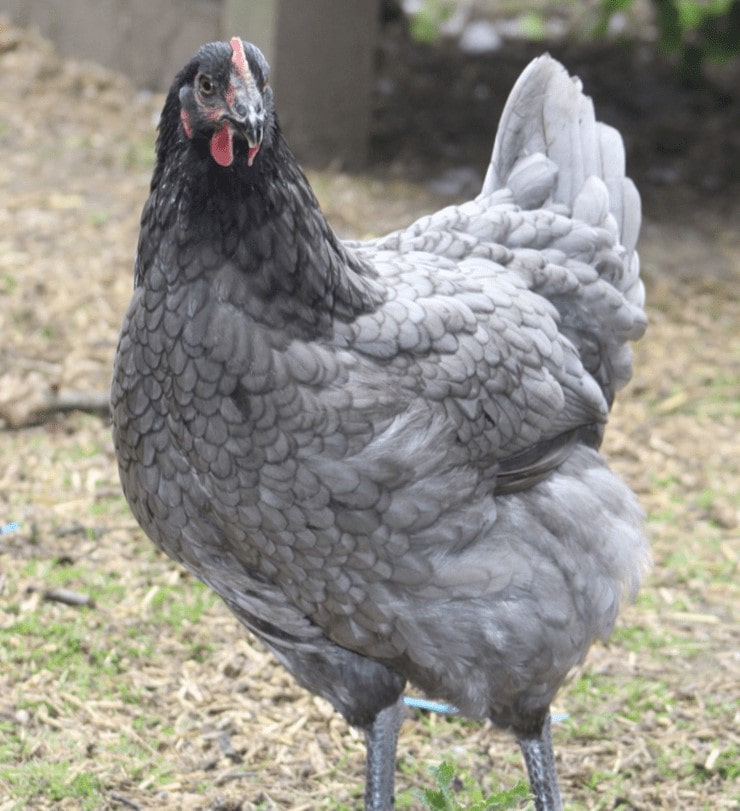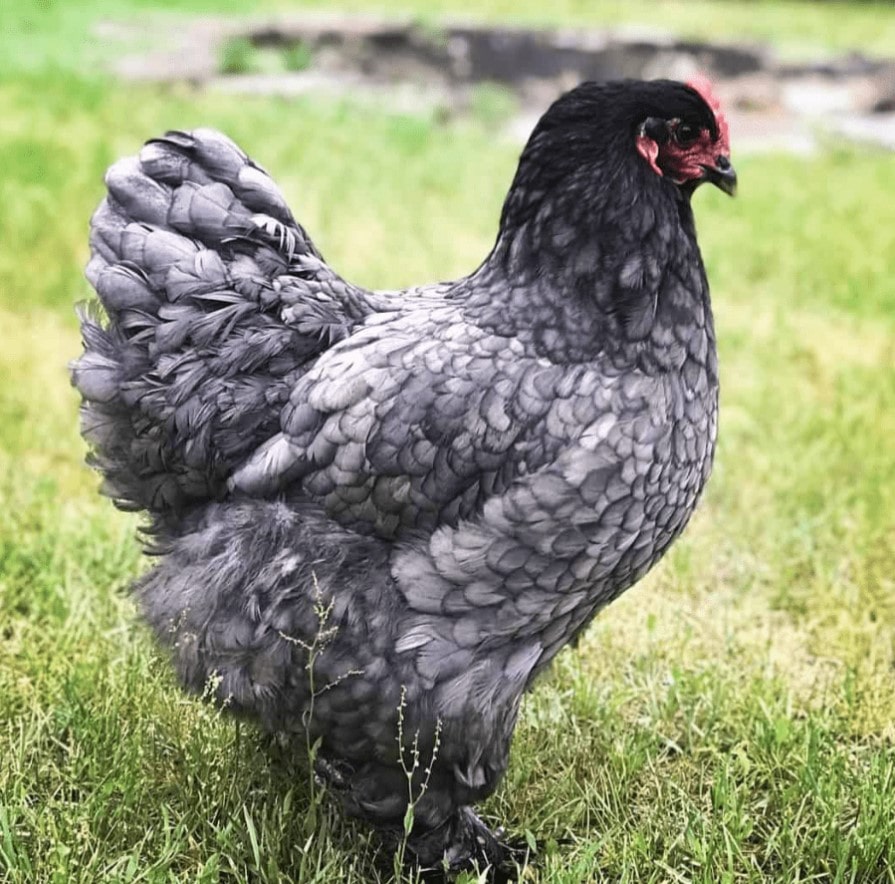Manufacturing A high-yielding breed of chicken renowned for its superior egg quality and laying prowess is the Production Blue Chicken. This introduction delves into the realm of producing blue chickens, which are distinguished by their unique pattern and blue hue. These birds are great complements to backyards, small farms, and breeding programs because they strike an excellent mix between quality and attractiveness. The supply of fresh eggs and the capacity to tolerate varying temperatures have made blue hens a popular pet among avian enthusiasts. Come along as we examine the intriguing and enduring appeal of the blue chicken breed and uncover the secrets to its success in the poultry sector.
Table of Contents
Production Blue Chicken Personality

The blue chicken breed has a lovely disposition that blends affection, friendliness, and plumpness. The best characteristics that make these birds popular among flocks are covered in this article. The blue hen breed is well-known for its loving disposition and typically engages in interactions with humans in search of companionship and attention. They bring harmony to the flock and get along well with people and other hens because of their delicate and friendly disposition. Their friendly disposition makes keeping these lovely birds even more enjoyable and offers bird enthusiasts a unique experience.
Production Blue Chicken Egg Color
The production blue chicken shell has an intriguing and distinct colour. The various hues of these eggs—from blue to bluish to green—are covered in this article. We may now look into the genetic variables influencing the shape of the eggs laid by various kinds of blue hens thanks to this discussion. These eggs appeal to customers and bird enthusiasts due to their distinctive color and appearance. You can enjoy eating fresh eggs and make green chicken eggs more appealing by knowing about the many ways they are produced.
Production of Blue Chicken Egg Per Year
Large egg yields from green poultry Production Blue Chicken are well recognized, and this is very advantageous for small-scale farming enterprises and animals. We will talk about the annual egg production of blue hens in this article. Topics like diet, genetics, and environmental influences on egg production may come up for discussion. Furthermore, you can share knowledge regarding the upkeep procedure and enhance the functionality of the bed. Farmers are guaranteed fresh and sustainable eggs thanks to the Blue Hens’ expertise in egg production and the seeds they use for egg production.
Production Blue Hen Vs Rooster
Apart from their appearance, blue hens and roosters have different roles in flocks and contributions to the production. This article focusses on the roles that males and females play in providing care for the chick, describing the distinct traits and behaviours of each. Topics including behaviour, social standing among the flock, and egg-laying prowess may come up for discussion. Furthermore, you will discover the interactions and behaviours of blue hens, producing chickens, and hens, as well as how they cooperate to preserve flock harmony and productivity. Understanding the distinctive qualities of every genus raises awareness of its importance to public health.
Production Blue Chicken Lifespan

Hens will naturally begin to produce fewer eggs as they get older; many will begin to slow down their output at age 6 or 7 and will retire soon after. The typical life expectancy of laying hens is between 8 and 10 years, meaning that many of them can live well into retirement.
Frequently Asked Questions (FAQ)
Q. What is a Blue Production Chicken?
What distinguishes blue chickens from other varieties of chickens? What are the primary characteristics, objectives, and methods of Blue Chicken production, and what advantages are available to small and medium-sized business buyers in the livestock and agriculture industries? What other elements influence the popularity and demand for the produced blue chicken? between hobbyists and farmers?
Q. How many eggs do blue chickens lay?
What elements influence how many eggs a blue hen lays? And what is the weekly or annual egg-laying capacity of a blue hen? How much is that in relation to other kinds of fowl? What factors influence blue hen performance, and how can the performance of chickens be enhanced?
Q. How to purchase blue chicken?
What aspects should I think about, and where can I get the greatest green chicken to buy? Besides, who gets their blue chickens from surrounding farms, restaurants, and butchers? What additional aspects, like as breeding, health, and suitability for a specific purpose, should be taken into account when choosing a bluebird? Lastly, how can blue raptors be relocated to new habitats in a way that is both ethical and safe? Will you succeed in this?

